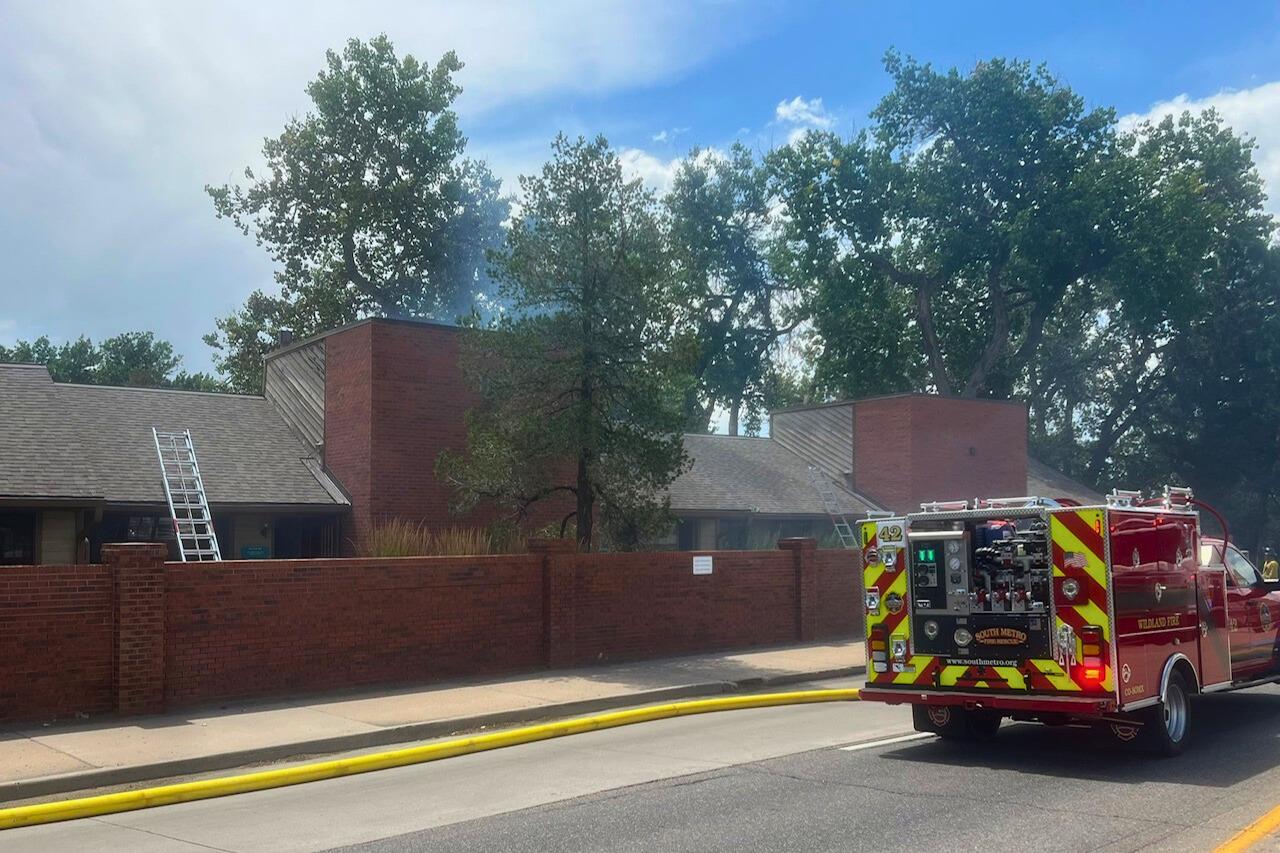
To the consternation of elections officials and the skepticism of some polling experts, Votecastr is projecting election results in real time.
Slate and Vice are publishing Votecastr's updates in contradiction of longstanding journalistic norms to not report on results until polls close. Because this is the internet and information wants to be free, we're sharing those results too with some caveats about how to read them.
First, Votecastr's Colorado's projection, as of 4 p.m. mountain time: Hillary Clinton is ahead of Donald Trump by three points, 46 percent to 43 percent, with 88.3 percent of expected voters having already cast ballots.
(Update: This is closer than it was around noon.)
Votecastr's model also has Clinton ahead in Florida, Nevada, Ohio, Wisconsin, New Hampshire and Pennsylvania. Clinton's Ohio and Nevada leads are just one point, and Votecastr has Trump ahead in Iowa.
FIRST IMPORTANT CAVEAT: Votecastr isn't counting actual votes.
No one will know what the actual votes are until 7 p.m. when polls close. Votecastr is making a prediction, and every vote cast between now and 7 p.m. will make that prediction more or less accurate.
So how is Votecastr making these projections?
The team behind Votecastr uses techniques similar to those used by the campaigns themselves that combine polling data and information about who has voted already to make detailed forecasts.
Republicans have taken the lead in early voting in Colorado, but Votecastr's model still has Clinton ahead based on what their model says about how people are likely to have voted.
SECOND IMPORTANT CAVEAT: This model doesn't account for certain variations in voter behavior.
Nate Cohn, who writes at The Upshot for the New York Times, recalls how similar forecasting methods led Obama campaign staffers to initially believe they were losing Ohio. One data analyst actually threw up, he was so nervous. But Obama went on to carry the state due to factors not incorporated in the model.
"One obstacle is that turnout varies over time: Younger voters don’t usually vote in the morning, and many voters in nine-to-five jobs might surge to the polls in the evening.
"This was one of the big challenges for the Obama campaign in 2012. By 10:30 a.m., its model had concluded that young and nonwhite voters weren’t showing up in Ohio. These trends worked themselves out by the end of the day, but not before causing considerable consternation in the Cave.
"The VoteCastr model makes no effort to adjust for this. It will treat turnout as if it’s uniform throughout the day: If 10 percent of the day has passed, it will expect 10 percent of the vote to be counted. This can cause considerable variance in the estimates as the hours go by."
Votecastr also doesn't account for differences between subgroups in particular precincts that it's monitoring.
"If the turnout in a well-educated precinct is down 5 percent, does that mean that the turnout among well-educated voters, who tend to support Hillary Clinton, is down? Or does it mean that well-educated Republican turnout is down?" Cohn asks.
There's also speculation that we could see more third-party votes and more undervotes than in past years. An undervote is when someone casts a ballot but doesn't vote for certain offices. Like president.
THIRD IMPORTANT CAVEAT: This is the first presidential election conducted almost entirely by mail in Colorado.
While mail ballots have been an important part of Colorado elections for some time, trends in voter behavior from past elections may or may not hold true this year.
What we knew yesterday remains mostly true. Democrats had the initial lead in early voting, but Republicans overtook them. Voters who vote on Election Day in past years have tended to be younger and more likely to be unaffiliated than early voters. Democrats have won races where Republicans led in early voting. They've also lost them.
Clinton has been ahead in most polls in Colorado, but Floyd Ciruli, a highly respected Colorado political analyst, found the race tied, and some polls give Clinton a lead that is within the margin of error.












